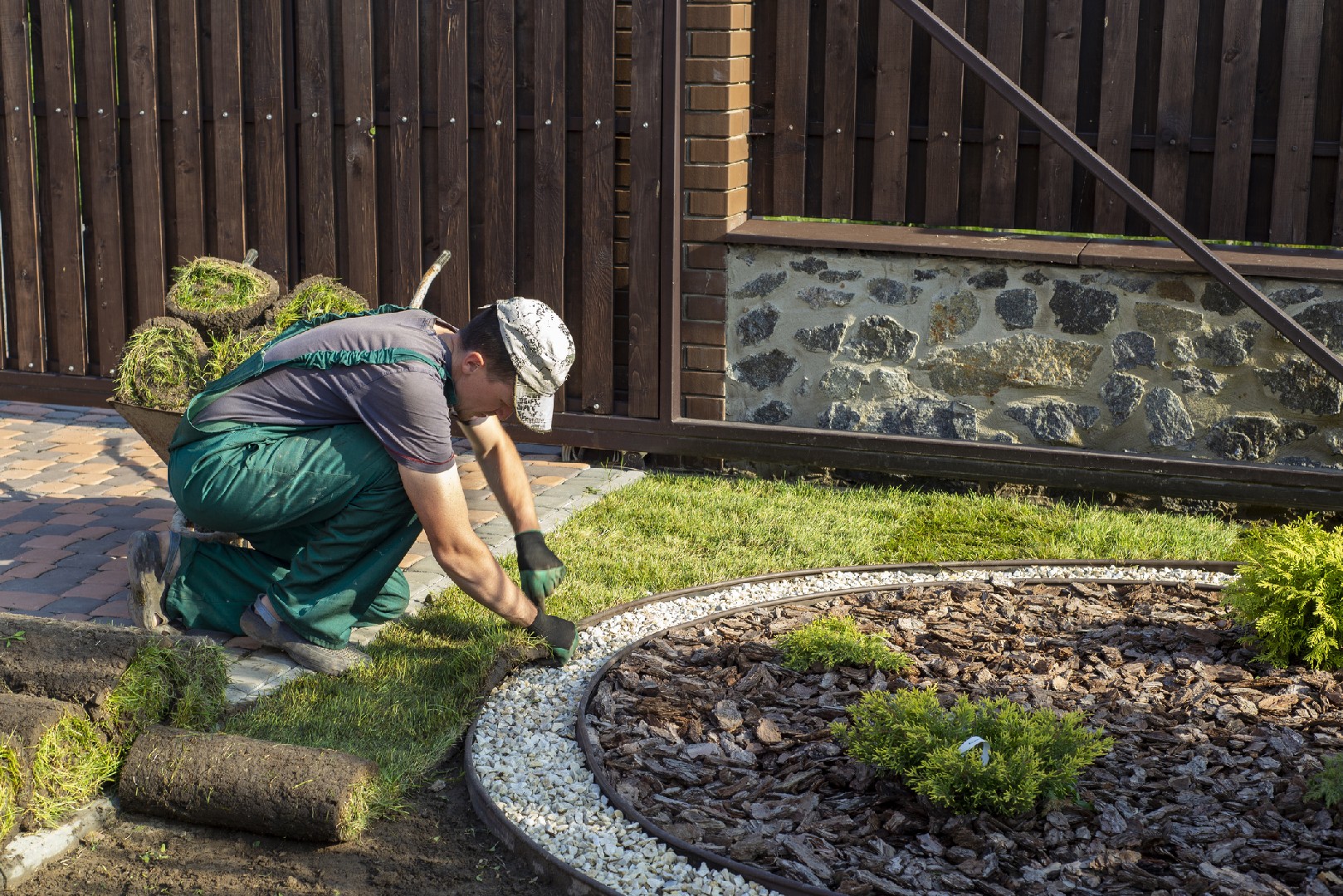![Rectangle]()
Protection Against Weather Elements
When it comes to maintaining your garden structures, protecting them against the elements is essential. Weather can have a significant impact on hardscaping, causing damage and deterioration over time. By taking the necessary steps to protect your hardscaping elements, you can ensure their longevity and keep them looking pristine.
One of the most important aspects of protecting hardscaping against the weather is understanding the effects it can have. Different weather conditions can pose various challenges to your garden structures. For example, excessive exposure to sunlight can cause fading and discoloration of certain materials like wood and concrete. On the other hand, heavy rainfall can lead to erosion and damage to the foundation of your structures.
To combat these effects, it is crucial to implement seasonal hardscaping care tips. During the winter months, for instance, it is recommended to remove any excess snow from your garden structures to prevent ice buildup and potential damage. Regularly inspecting your structures for cracks, chips, or other signs of wear and tear is also essential. By addressing these issues promptly, you can prevent further damage and ensure your hardscaping remains in top condition.
In addition to regular maintenance, applying protective treatments can significantly enhance the durability and resilience of your garden structures. There are various protective treatments available in the market, each suitable for specific materials and purposes. For wooden structures, applying a sealant or stain can help protect against moisture, UV rays, and insects. Concrete structures, on the other hand, can benefit from sealants that provide resistance to water and chemicals.
When applying protective treatments, it is essential to follow the manufacturer's instructions. Ensure that the surface is clean and dry before application, and use the appropriate tools for an even and thorough coating. Regular reapplication of these protective treatments is necessary to maintain their effectiveness, especially for structures that are exposed to extreme weather conditions.
Aside from protective treatments, proper landscaping techniques can also contribute to the longevity of your structures. Strategic planting of trees and shrubs can provide shade and wind protection, minimizing the impact of harsh weather. Additionally, incorporating drainage solutions, such as French drains or gravel trenches, can help prevent water buildup around your hardscaping elements.
By implementing these methods and skills, you can effectively protect your garden structures against the weather elements. Remember to regularly inspect, maintain, and apply protective treatments to ensure their longevity. With proper care, your hardscaping will not only withstand the test of time but also continue to enhance the beauty and functionality of your garden for years to come.





